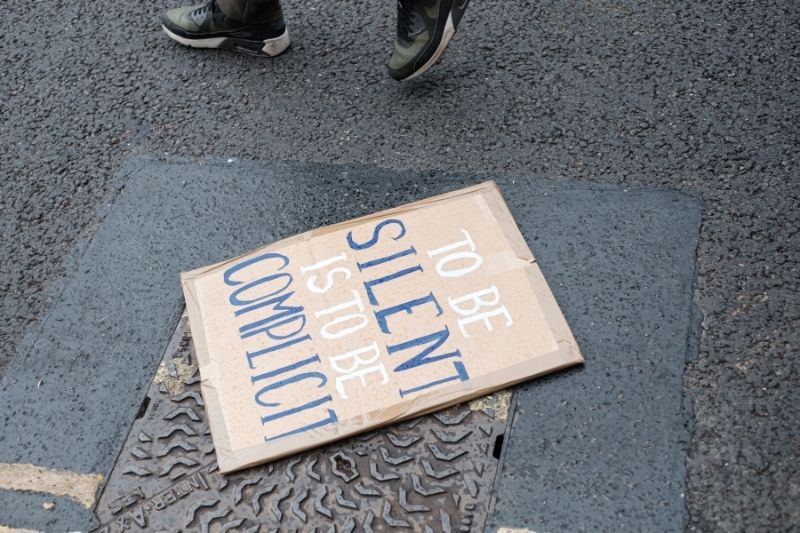No products in the cart.
What To Do if An Employee Comes With Discrimination Complaints

While you might want to believe discrimination could never happen within your organization, with all the right policies in place to prevent it, it’s important to take every complaint seriously with discrimination cases on the rise.
Not only can it be very costly, with high-profile settlements running in the hundreds of millions of dollars for large corporations, but it can lower motivation, increase turnover, and cause damage to the company’s reputation.
If you don’t already have a policy in place that clearly states how to handle a discrimination complaint, it’s important to do so and provide a copy to all employees so that they’re aware of the procedure to follow. They should also understand that each one will be taken seriously and they can expect to be treated respectfully.
If an employee comes to you with a discrimination compaint and there is not a procedure in place as to how to handle it, consider taking these steps to resolve it as smoothly and quickly as possible.
Be Compassionate and Understanding
The complainant should always be treated with respect, compassion, and understanding. It’s usually very difficult to voice complaints in the workplace due to concerns over losing out on a promotion or the loss of a job.
If not handled correctly, there’s a good chance the employee will take the complaint outside of the organization, perhaps contacting an attorney about a potential lawsuit. Or, at minimum, you’re likely to lose the loyalty of that staff member and their productivity is also likely to take a nosedive.
Listen to the Story, Document, and Create a Plan
An investigation should be conducted right away, first by getting a good understanding of what happened to cause the employee to make the complaint. Listen to the entire story and take notes.
Next, create a plan to determine what will be investigated, who should be interviewed, and what evidence should be collected. It’s critical to define the purpose and scope of the investigation, otherwise, you’re likely to get off track.
Thoroughly Investigate
Follow your plan, speaking to the accused, witnesses, and anyone else on your list of people to interview, recording their details as well. Everything should be fully documented, including the times and places the interviews took place. You might need to do some digging, as oftentimes you’ll hear different stories of what took place.
Search for clues, for example, perhaps the complainant alleges that an employee made offensive racial remarks early in the morning before a supervisor arrived, but timekeeping records show the accused didn’t arrive until later in the day.
Or, maybe a male employee is accused of hitting on a female co-worker at a copy machine – he claimed he was only there to make copies but he never used his copier code. If there are emails, even better, as they might show that a supervisor was making inappropriate sexual remarks to an employee in writing, easily corroborating the complaint.
Keep It Confidential
Keep everything that is said to you confidential. If details about the complaint get out, you could be accused of damaging the alleged victim’s reputation or if the alleged harasser hasn’t actually done anything wrong, there’s a possibility of facing a defamation suit.
Whether or not those negative events occur, discrimination complaints can cause serious damage to your workplace. Workers will choose sides, rumors will be ignited, and it will create an atmosphere of stress and tension.
Conclude and Follow Up
Weigh the evidence and conclude whether or not discrimination occurred and/or company policies were violated. Take the appropriate action, documenting everything in a way that’s as detailed as possible. Then follow up with the complainant, explaining that action was taken even if the specific details can’t be shared.















Leave a Reply